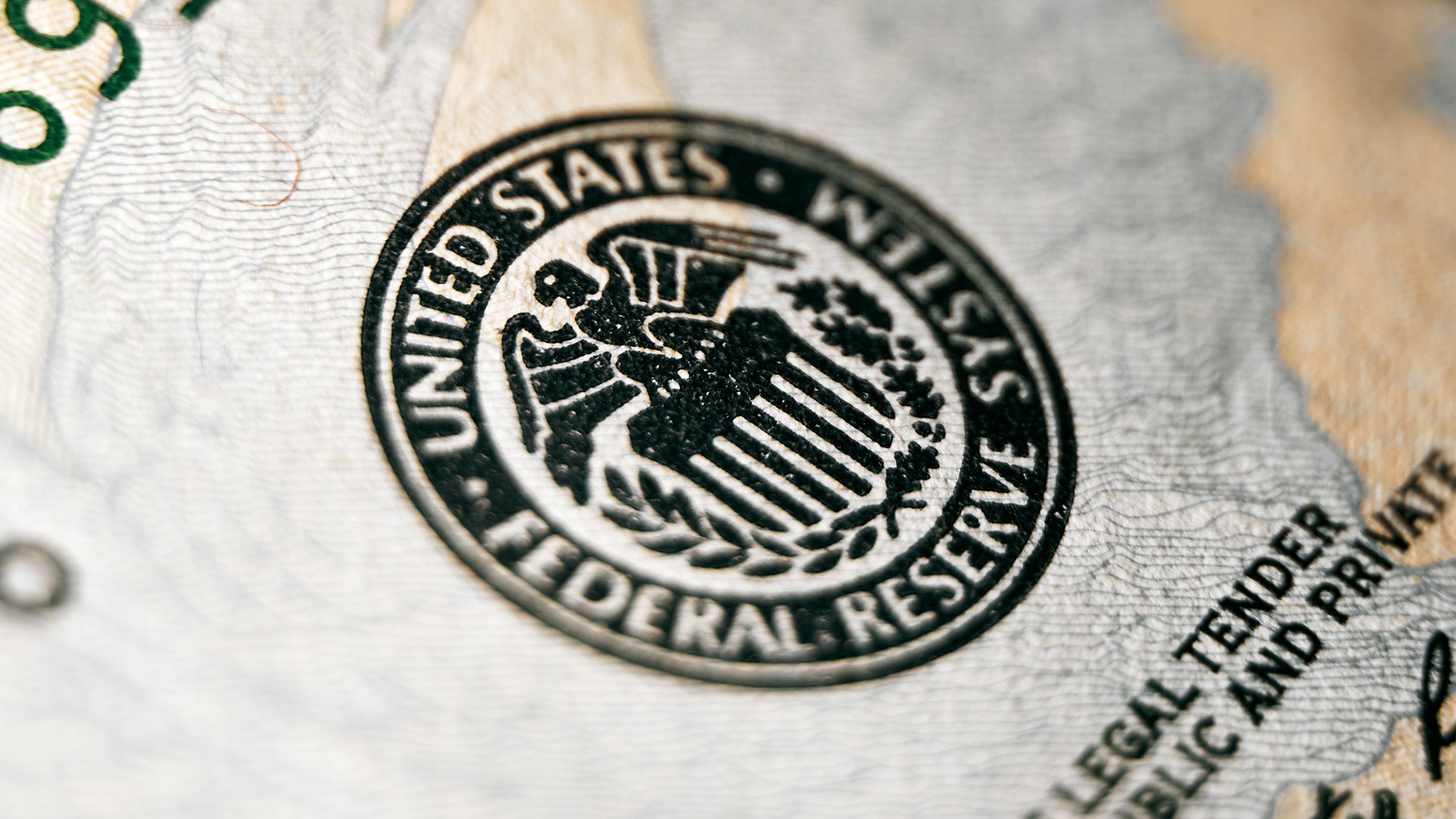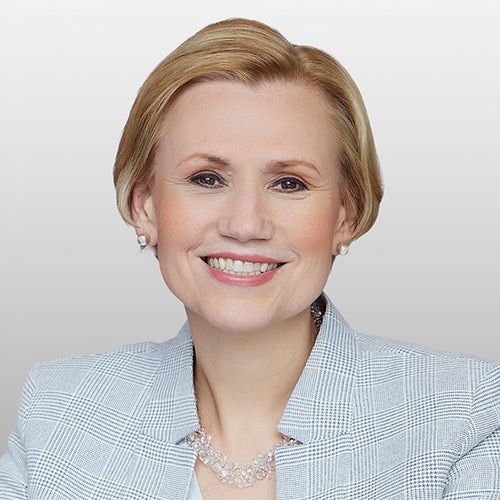The Fed charts an aggressive approach in search of a ‘soft landing’

Key takeaways
A steeper hike.
A soft landing?
A new tool for the ECB.
The Fed charts an aggressive approach in search of a ‘soft landing’
At its June meeting, the US Federal Reserve (Fed) decided it needed a “bigger boat” to fight inflation. That took the form of a 75 basis point rate hike and more aggressive expectations for future hikes. The rationale was, as we expected, not just the most recent Consumer Price Index print but also an increase in longer-term consumer inflation expectations from the most recent University of Michigan survey. Frontloading rate hikes might make it easier to curb inflation and achieve a “soft landing.” All in all, it’s getting harder, but we believe it’s still possible.
Here’s what to know about yesterday’s decision and what the path might be going forward.
What happened at the meeting?
The Fed hiked rates by 75 basis points for the first time since November 1994. There was one dissent – Esther George of the Kansas City Fed, who wanted a 50 basis point hike.
A 75 basis point increase was not even anticipated last week. However, in his press conference following the meeting, Fed Chair Jay Powell said the change was prompted by both the higher-than-expected Consumer Price Index print for May and the increase in longer-term inflation expectations (the Michigan Survey of Consumers preliminary results for June).
In terms of the dot plot:
- The median federal funds rate is now projected to be 3.4% at end of 2022, up from the 0.9% level that was projected back in December.
- The fed funds rate is projected to be 3.8% at end of 2023.
- Powell thinks that a 3.8% fed funds rate could be enough to return inflation to the Fed’s 2% target, but of course will react if that’s not the case.
In summary:
- In our view, the Fed was sufficiently hawkish in its decision and its language.
- The Fed is clearly trying to gain more credibility with its strong wording. At the press conference, Powell stated that the Fed is “strongly committed” to returning inflation to a 2% objective — which is a significant change from previous language where the Fed “expects” inflation to return to its 2% target. He also stressed the Fed is “moving expeditiously” to do so.
- Powell expects either a 50 or 75 basis point hike at the July meeting, but he said not to expect moves of 75 basis points to be common.
- Powell has made it clear that the focus is on the Fed’s price stability mandate, not the full employment mandate, since the labour market is so tight.
What is our outlook on the situation?
The Fed regained some credibility with this move. Admittedly, it is getting harder to achieve a soft landing, but we believe it is still possible. The Fed is committed to being nimble and data dependent – it will make decisions meeting by meeting and be responsive to incoming data, just as it was yesterday. This should help its ability to achieve a soft landing.
We should also look at this decision in the broader context of major developed central banks taking a proactive, nimble approach to conditions.
Shortly before the Fed meeting, the European Central Bank (ECB) held an emergency meeting, coming on the heels of sharp upside surprises in eurozone inflation. It announced it would use a new tool to fight market fragmentation, which is the phenomenon in which spreads widen between “periphery” European countries’ bond yields and “core” European countries’ bond yields (obviously a very unfortunate byproduct of having a monetary union without a fiscal union). The ECB plans to use the reinvestment of coupons or principal repayments from its Pandemic Emergency Purchase Program (PEPP) to purchase the periphery bonds and lower risk premiums. This announcement was necessary given rising risk premiums.
It is worth noting that another ECB official asserted that the ECB had “no limits” in what it could do to address risks – this coming close to the 10th anniversary of then-ECB President Mario Draghi’s powerful statement that the ECB would do “whatever it takes.” The ECB has an even more delicate balancing act in terms of raising rates to combat inflation while trying to avoid recession and support economically weaker ‘periphery’ European countries.
We believe inflation will peak soon and slowly moderate for Western developed economies. However, we recognize that the only factor that central banks can control is demand; there are external factors, such as the Russia-Ukraine war and Covid shutdowns in China, that could have a significant impact.
What are the risks?
The Fed wants to see a series of declining monthly inflation readings to confirm that they are controlling inflation. We will want to follow headline and core inflation readings, as well as consumer inflation expectations for the longer term. At the same time, we will want to follow data closely that could indicate a faster slowing of the economy than the Fed expects, which could trigger a recession. This will give us indications of how the Fed will act going forward given it will be very data dependent.
In terms of the eurozone, we will also want to follow a wide array of data to understand the evolving inflation and economic growth picture, as well as risk premiums for periphery countries. The eurozone has a significantly narrower path in order to reduce inflation materially without plunging its economy into recession, and we will be very sensitive to those indicators.
With contributions from Arnab Das and Emma McHugh
Investment risks
-
The value of investments and any income will fluctuate (this may partly be the result of exchange rate fluctuations) and investors may not get back the full amount invested.
Important information
-
This document is marketing material and is not intended as a recommendation to invest in any particular asset class, security or strategy. Regulatory requirements that require impartiality of investment/investment strategy recommendations are therefore not applicable nor are any prohibitions to trade before publication.
Where individuals or the business have expressed opinions, they are based on current market conditions, they may differ from those of other investment professionals, they are subject to change without notice and are not to be construed as investment advice.


